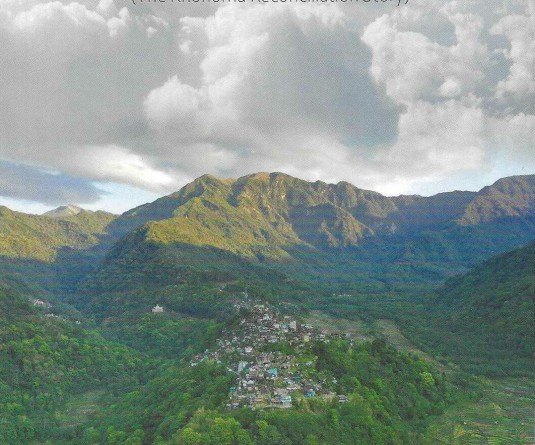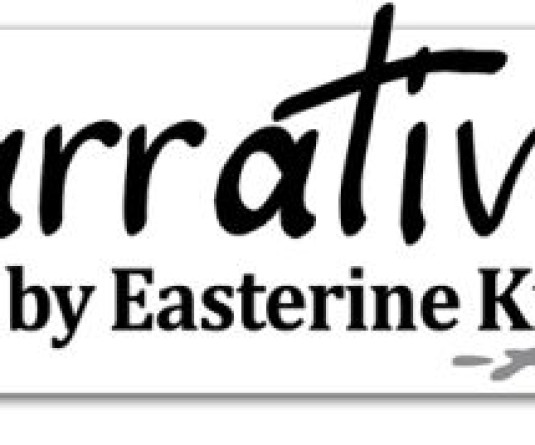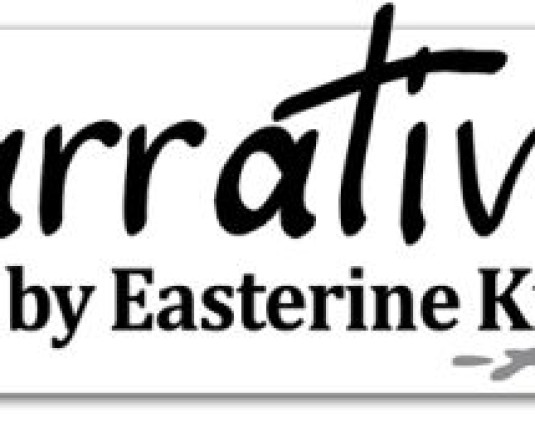
Easterine Kire
A black and white photograph of former President of India, Zail Singh, in animated conversation with a Sikh gentleman, was featured by friends on social media. The story behind this picture was new for me.
In November 1985, the President of India, Zail Singh, visited Kohima. As required by protocol, strict attention was paid to security arrangements before his arrival. It ended in a police action which the victims took with good grace. A few days prior to the presidential visit, four members of the Sikh community of the town were arrested as suspected terrorists and incarcerated in the Kohima jail. These were all respectable businessmen of the town. Ravinder Kaur Bali, then a student of Little Flower School, vividly remembers the event. ‘My firebrand grandfather, thought to be a suspected terrorist, was put in the Kohima jail. And all the Kohima Sikhs responded by initially not going to meet the President, saying that they had no wish to meet a President whose visit necessitated the incarceration of respected community elders. Grandpa, in the meantime, kept the jailors entertained with stories of his own J & K Police days.’
Former Kohima resident Kulwant Sachar also remembers that the Sikh community deigned to meet the President only after the release of the four arrested men was actualised. Ravinder Kaur adds, ‘Pappu Chacha was one of the prisoners. Between him and Papaji, they had a picnic at the jail.’ In retrospect, the episode created an unforgettable memory. But its scars could not have been so easily forgotten, could they? The unfairness of being accused of a crime you are not guilty of and being imprisoned for it. When I heard this story from Uncle Kulwant, I thought of the Kohima Sikhs as the other Naga terrorists, though that was such an unlikely phenomenon. The Sikhs were there as a business community and their gurdwara was designed with guest facilities for newcomers. Sadly, there are only six Sikh families left in present day Kohima. One cannot help feeling that we have failed to honour this worthy community, and possibly alienated them from their Naga home. Uncle Kulwant, in his own gracious manner commented, ‘Four Sikhs were arrested without any reason. They were released the next day. It was the mistake of the police.’
However, without orders from the top, the police would not act on their own. Strange incident.
A Sami artist celebrates his Naga dream
Every 14th August, a Sami artist celebrates Naga Independence Day in a corner of the Arctic circle. He hosts a dinner and holds a speech, and his diners get to know about the Naga story. The Sami artist was given the name, Keviselie, meaning, ‘meeting with a good day’ when he first visited Nagaland in the seventies. His good fortune was to be granted 3 days ILP and he arrived in the Naga hills on the 14th August. Hence his name. Khonoma was his Naga home during his visit and in that bastion of independence, he learned about a people’s struggle for the right to decide their own destiny. It may seem strange to non-Nagas, but the dinner every 14th August is a ritual the artist has conducted once a year since his Naga adoption.
What about integration?
Invariably, at many of the Indian literary festivals, or talks at university campuses or even today’s webinars, this question pops up. Makes one wonder why the intelligentsia are still echoing the narrative of political groups. The ideology of integration is crying out to be replaced by another world-view, so it will not continue to repeat the Nazi agenda of eliminating anyone who did not look like their Aryan ideal or did not have a culture and belief system that synchronised with theirs. In India it extends to people who do not eat like the rest of India. The film Axone and the way it was received made that so apparent. It should be a challenge to all institutions of higher education to find a way out of this mindset of trying to homogenise people groups so that minority groups are absorbed into the majority. God was so creative that he created each person as an original. The dark side of integration is that it is a movement to stamp out what is God-created and therefore, unique in individuals and people groups. Another community coming in and taking decisions over people groups – that was considered a cultural and a political outrage at one time in history. What has changed now?






